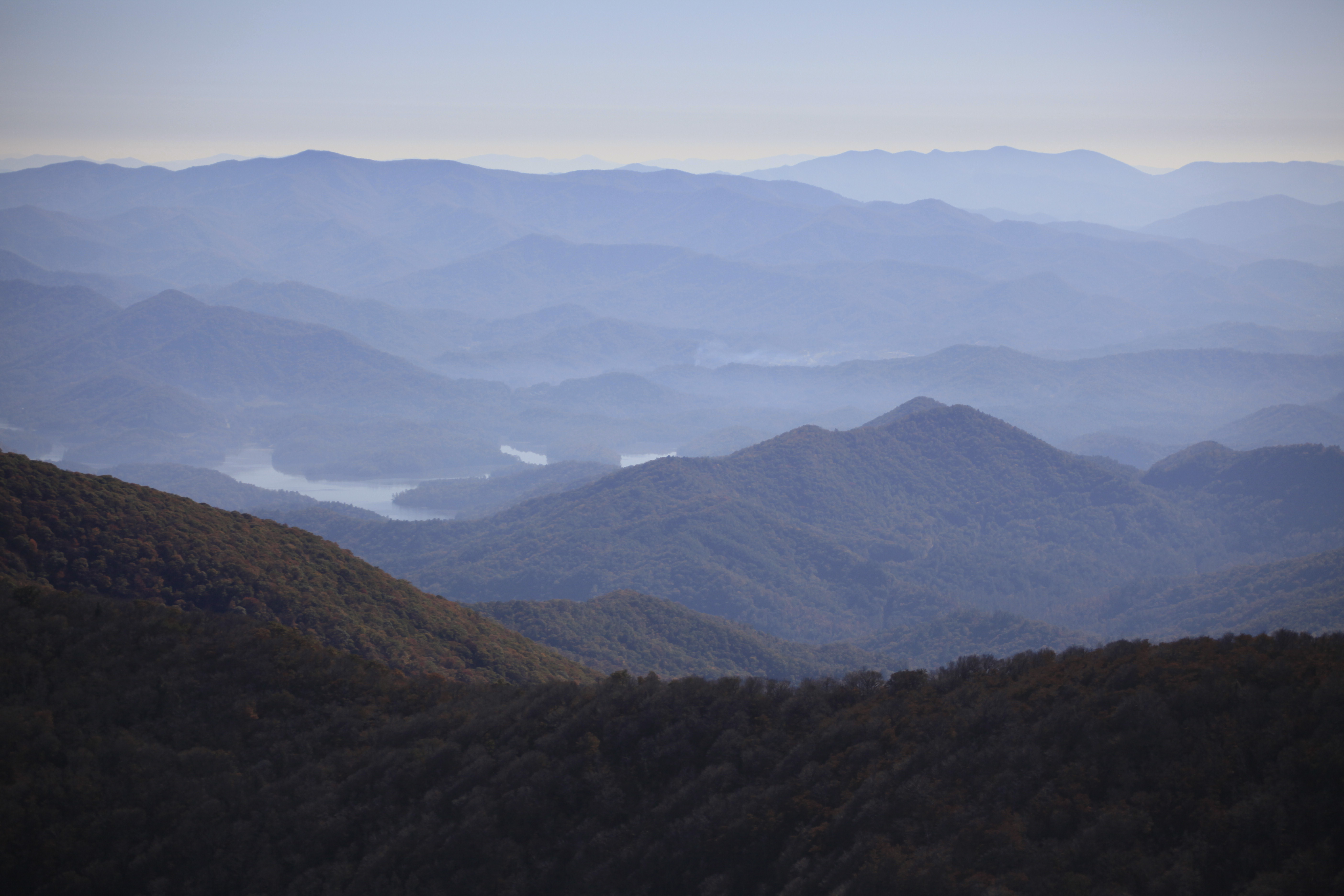"When are you going to take your family to Disney World?"
Every fall, my cousin and I watch football games in his "man cave" that's equipped with sports memorabilia, Xbox, a fully stocked bar and the crown jewel, an HD 70-inch television. As a lifelong Southerner who loves college football, this is nirvana.
And for about five or six years, my cousin pops the Disney question.
You see, I have a 10-year-old daughter who's never been to Disney World.
The window is closing fast.
A year or two ago, American Girl dolls traveled with us everywhere. Planning for a trip to the grandparents in Chattanooga was like organizing a busload of tourists. In our case, dolls and stuffed animals.
These days, fewer and fewer American Girl dolls are joining us, and my cousin, who has an older daughter, has warned me that the Disney-princesses are not going to be as appealing come this fall and spring.
I have nothing against Disney World or princesses, but this past summer my family decided to do something different. We celebrated the 50th anniversary of the Wilderness Act by visiting the Citico Creek Wilderness area in the Cherokee National Forest, near Tellico Plains, Tenn.
We traded castles and mouse ears for waterfalls, salamanders and darters.
We hiked into the Citico Wilderness, ending up at Falls Branch Falls, a spectacular roaring 70-foot waterfall. Nurse logs, moss, mushrooms and wildflowers abound. We also snorkeled in the wilderness-fed Citico Creek, donning wetsuits, floating and exploring for hours in a rushing 3-foot clean and clear stream. I will never forget the moment my daughter grabbed my hand when she saw her first colorful darter -- a moment of joy and discovery we would experience a hundred times that morning and afternoon.
For my entire family, the wilderness became our Magic Kingdom.
Disney World in Florida and the Wilderness Act are about the same age. The Wilderness Act passed in 1964; after several years of development. Disney World opened in 1971.
Both are uniquely American.
We all know the story of Disney, but many of us do not know America's wilderness story.
Fifty years ago this year, Congress passed and President Lyndon Johnson signed into law The Wilderness Act of 1964. The act established the National Wilderness Preservation System and allowed Congress to permanently protect some of America's most special and beautiful places as wilderness.
Today, there are 757 distinct wilderness areas located in 44 states and Puerto Rico, designated to preserve and protect wildlife and natural systems for hiking, camping, backpacking, picnicking, rock-climbing, hunting, fishing, kayaking and nature photography. These special places provide us clean air to breathe and clean water to drink.
Big Frog and Little Frog, Linville Gorge, Shining Rock, Cohutta, Sipsey and Shenandoah -- these are the special names of just a few of our southern wildernesses.
And there is one key difference between Disney World and these wilderness areas. Disney is owned by shareholders and is a multinational corporation. We -- all Americans -- own the wilderness areas.
It's all public land. It's our treasure, our inheritance. We all have a stake in it. We are responsible for it, and future generations are counting on us to pass it down protected and preserved.
In the age of Facebook and social media, my cousin has seen pictures posted of my daughter standing beside waterfalls and big trees, in a wetsuit. He hasn't mentioned Disney this fall in the "man cave." But we've talked about our Magic Kingdom -- America's wilderness.
In fact, I've been saying, "When are you going to take your family to the wilderness?"
Pat Byington is executive director of Wild South.
